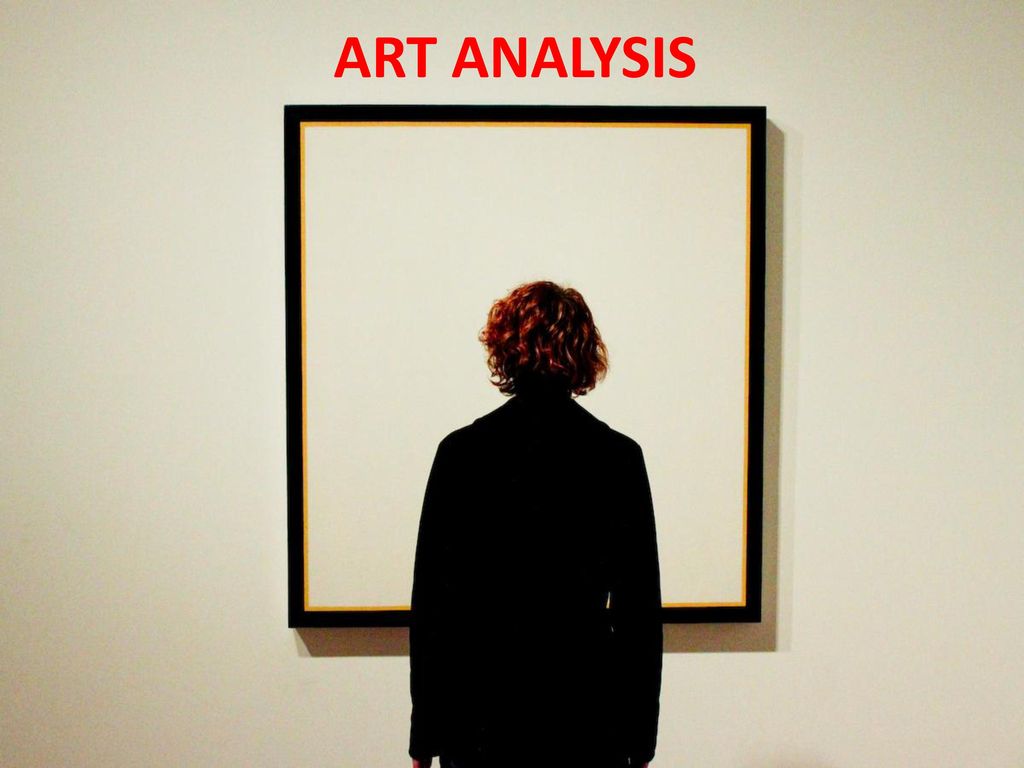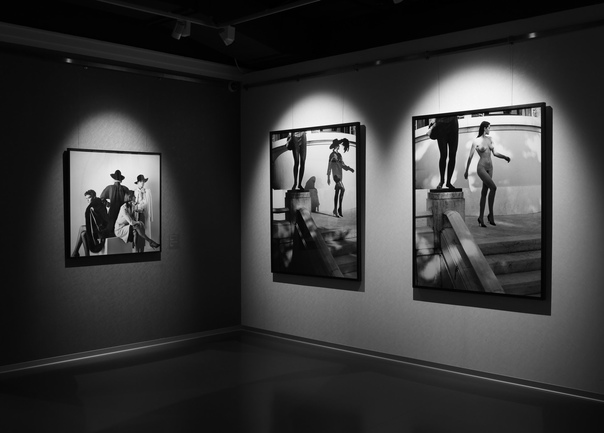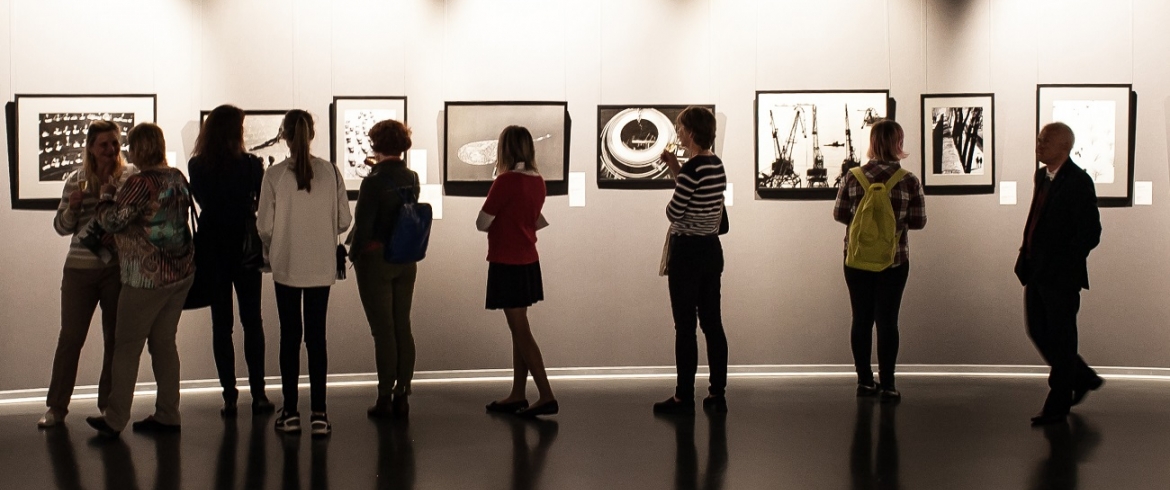
The Role of Art Critiques in Buying and Selling Artworks:
Art critiques play a multifaceted and influential role in the art world. These evaluations not only help to better and more deeply understand artworks but also have a significant impact on the art market. Buyers, collectors, galleries, and even artists use these critiques as a benchmark for assessing the value and quality of artworks. Positive reviews can enhance an artist’s reputation and increase demand for their works, while negative critiques may decrease the value and demand for those pieces.

The Role of Art Critiques in Authenticity and Marketing of Artworks:
These critiques play a crucial role, especially in determining the authenticity, quality, and value of artworks. Critics, leveraging their knowledge and experience, examine the technique, subject, creativity, and position of a piece within art movements. Such analyses are particularly important in the market for historical and valuable works, contributing to transparency and preventing the trade of counterfeit pieces. As a result, buyers and sellers make decisions with greater confidence, relying on these evaluations as a guide.
Since artworks are often considered as investments, collectors and investors rely on these critiques for their assessments and decisions. Positive reviews also play a key role in marketing and displaying artworks. Galleries and exhibitions use these critiques to attract the attention of buyers and audiences, featuring critics’ opinions in catalogs and brochures as a testament to the value of the displayed works. Additionally, art critiques can help shape public opinion and bolster artists’ reputations. Publishing positive reviews in reputable publications can elevate an artist’s standing both nationally and internationally, opening up opportunities for exhibitions in major galleries and auctions.


The Multifaceted Impact of Art Critiques:
Beyond economic evaluations, art critiques contribute to historical and cultural analyses as well. These evaluations explore artworks from aesthetic, social, and cultural perspectives and can cement a work or artist’s place in art history. Moreover, these critiques influence the creative process itself. Some artists use this feedback as a learning tool to improve their work and adopt more innovative approaches based on critics’ suggestions.

Art critiques benefit not only professionals but also art students. These evaluations serve as an educational tool, enhancing the analytical and critical skills of art learners. In recent years, these critiques have shifted from traditional magazines to digital platforms and social media, where these online spaces provide faster and broader access and contribute to the quicker formation of art trends.

Art critiques can also serve as catalysts for innovation in art. Challenging analyses may push artists toward creating bolder works, sometimes leading to the emergence of new art movements. However, critics themselves face challenges; evaluating works within today’s diverse cultural and social contexts requires broader knowledge, and they must be capable of considering global issues alongside technical aspects.
Ultimately, art critiques can strengthen or weaken a society’s cultural identity. By analyzing artworks in relation to history and culture, these evaluations help preserve and promote cultural heritage, introducing it to new generations. Therefore, art critiques, as a fundamental part of the art market, play a key role in shaping tastes, directing investments, and defining art trends.

